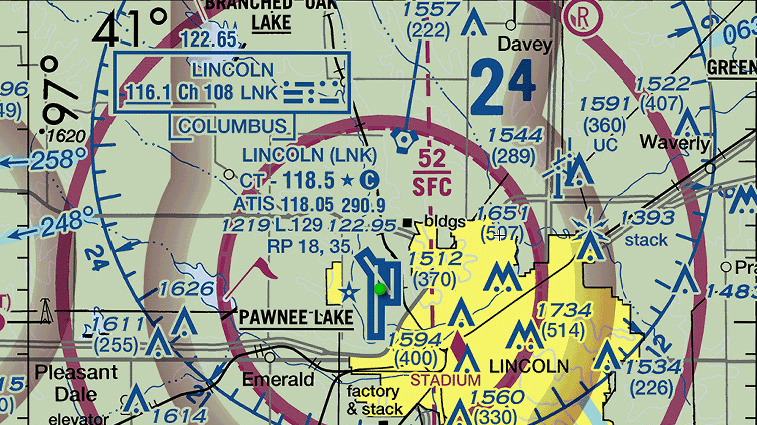Why don’t we use short field takeoff techniques on every takeoff? Should we perform short field takeoffs every time?
As aviators, we are all about risk management. We even create terms and acronyms to describe it. Crew Resource Management (CRM) and Aeronautical Decision Making (ADM) are two that come to mind.
It seems we eliminate every risk we can, no matter how unlikely. As the saying goes, the three most useless things in aviation are the runway behind you, the altitude above you, and the fuel still in the fuel truck.
All of this leads to the topic of today’s blog post. Here’s a typical light plane (let’s say a Cessna 172) takeoff sequence:
- Apply full power while rolling onto the centerline of the runway
- Verify engine RPM
- Rotate
- Climb out at a speed well above Vso
The typical short field takeoff sequence for the same plane is:
- Put in 10 degrees of flaps
- Line up at the end of the runway on centerline
- Apply brakes
- Apply full throttle
- Verify engine RPM
- Release brakes
- Rotate
- Climb out at Vy
- Raise flaps
Why is the short field procedure the way it is? It gives us the full length of the runway by not starting the takeoff roll until the engine is generating full power. It gives us a bit of extra lift with the flap setting. It gets us as much altitude as we can get as fast as we can get it.
Those sound like some pretty compelling things. Why wouldn’t we always want as much runway as we can get and as much altitude as we can get as soon as we can get it? Not to mention the distraction that’s eliminated by checking the tachometer for full power before we’re moving down the runway.
But there are some good reasons not to always do a short field takeoff. It’s the tradeoffs inherent in risk management.
I like the idea of going to full power with brakes on. It gives us a couple seconds to check power before the distraction of the takeoff roll. That being said, I do find the left turning tendencies to be a little more difficult to manage versus smoothly applying right rudder while power is applied as the plane is already moving.
The argument for climbing at Vy on every takeoff is that it gives us more time and more options if the engine fails. We’ll have more altitude at the same time after takeoff than we would if we climbed out at a normal climb speed. It might even make the “impossible turn” possible. But if we did experience an engine failure during the climb, we are much closer to stall speed at Vy than at a normal climbout speed. If we don’t get the nose pushed over very quickly and far enough, we will stall. That close to the ground a stall is not likely to turn out well.
The other issue is visibility. At Vy the angle of attack is much higher than at a normal climb speed. This makes it harder to see traffic during a critical phase of flight when there is likely to be traffic.
Finally, depending on the plane and the outside air temperature, we can have engine cooling issues flying slow and at high power settings for longer periods of time.
Like much of what we do, it’s about tradeoffs. Start with what the manufacturer says. Supplement with what your CFI says. And once you have experience, you can consider modifying your procedures. But discuss any non-standard choice with a trusted CFI before making it your standard.

